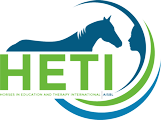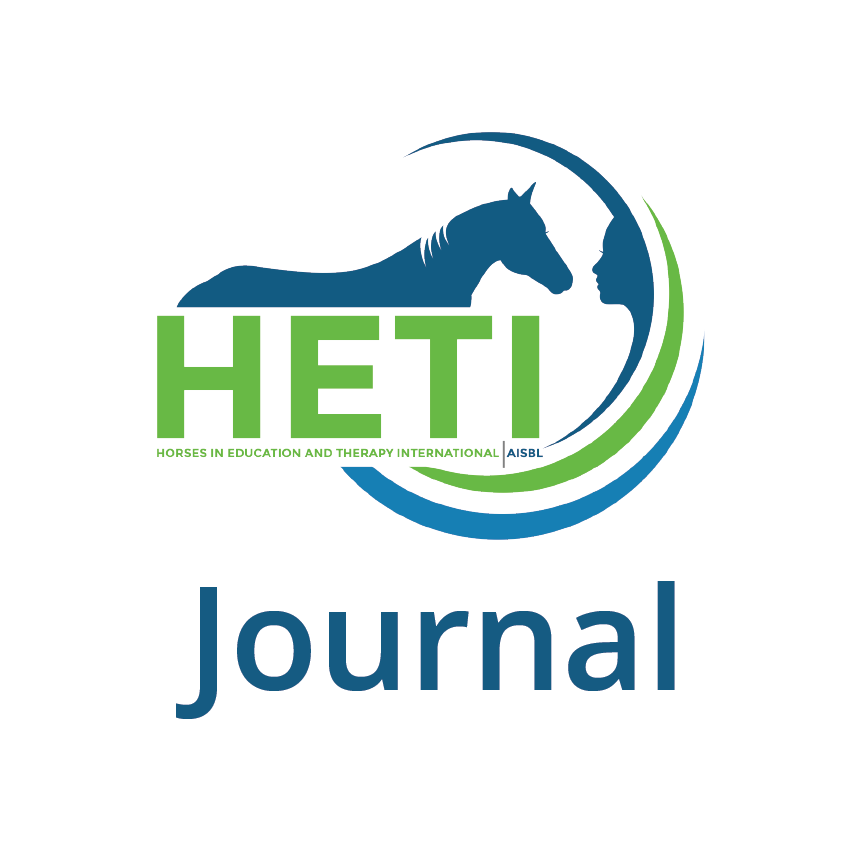Evaluation of non-verbal communication patterns between horses and humans by video analysis
€5.00
| Author | Thomas STEPHENSON, Roswitha ZINK |
|---|---|
| Year | 2008 |
Equotherapy is a therapeutic method using specially trained horses. It is based on
the skill of the horses to read body language and expression of clients and show it to
a therapist similar to biofeedback. One of the principle foundations is rooted in new knowledge gained from neuromedicine' and deep psychology, which can be applied
to a non-verbal dialog between horses and clients. Equotherapy is used to help people cope with psychological and emotional problems, which could be caused by illness, disabilities or traumatic experiences. E.motion, the Center of Equotherapie, works in close cooperation with the Social Medical Center Otto Wagner Hospital Vienna and with Paediatric Units of other Viennese Hospitals.
The goal of this study-group is to contribute to the scientific research and establish and professionalize the use of horses within therapeutic methods. This is with the cooperation of the University of Vienna, the Veterinary University and e.motion.
With the study "Nonverbale Kommunikation - ist ein interspezifischer Dialog zwischen Mensch und pferd quantifizierbar?"2 Kate Shein already made a first step to investigate nonverbal communication between human and horse. It was possible to improve her methods and so the investigation of this new field could be continued.
The Equotherapy study-group will do a random survey with children and teenagers
who receive Equotherapy treatment. The group will analyze video and find non-verbal communication patterns. Within the disciplinary overlaps of medicine, psychology and pedagogy, a quantitative analysis will be completed by qualitative observational aspects.
The study-group will start with the following main themes:
- Diagnosis with .horses: use open interaction with a horse to diagnostically and
therapeutically assess the emotional and psychological structures of a client.
- Analogy of non-verbal interactive processes: mother-infant interaction and horse-client
interaction in Equotheraphy in special consideration of affectivity.
- Open interaction with a horse as a "scene": how does open body language interaction
with the horse display itself? Video study from praxis as if it were "scenes".

